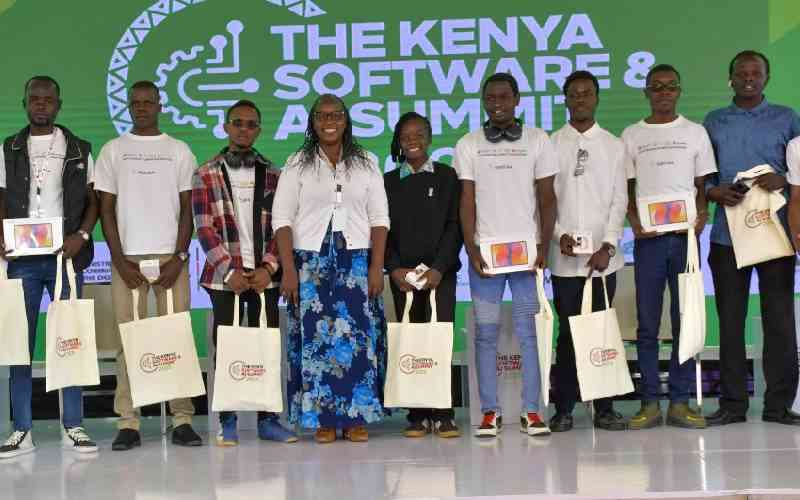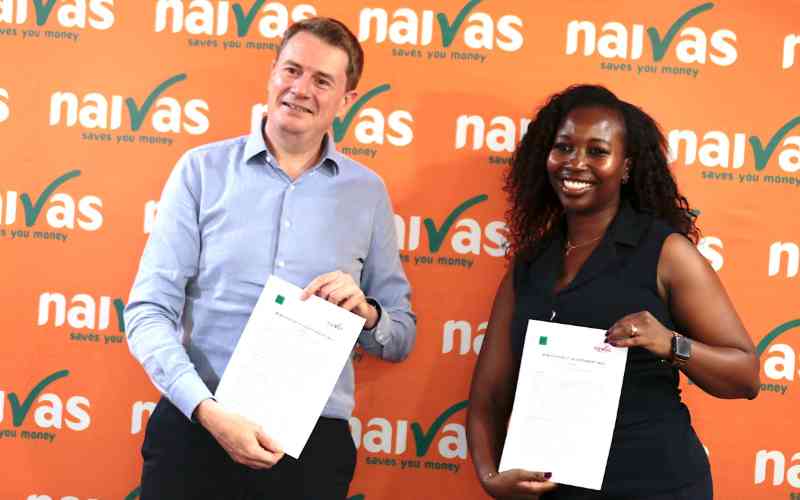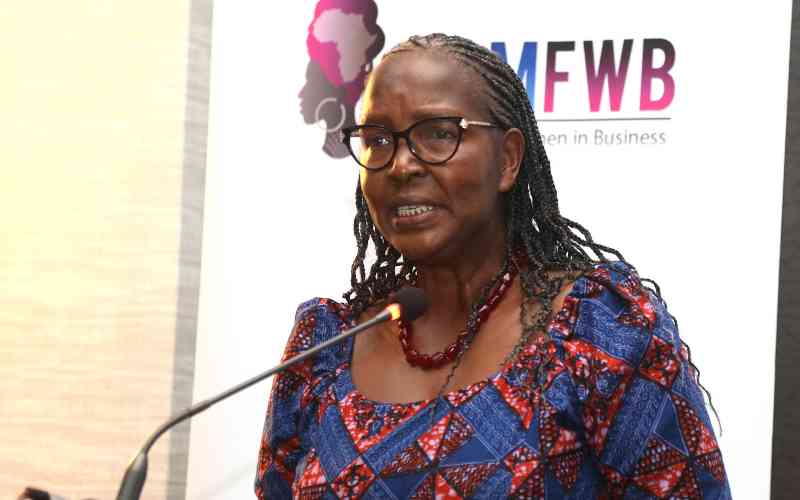×
The Standard e-Paper
Informed Minds Prefer The Standard

A new report by Usawa Agenda has highlighted disparities in educational resources favouring boys' schools in Kenya, which negatively impacts girls' educational outcomes.
The assessment shows that 61.5 per cent of boys' schools, 42 per cent of girls' schools and 20.6 per cent of mixed schools have chemistry laboratories.







